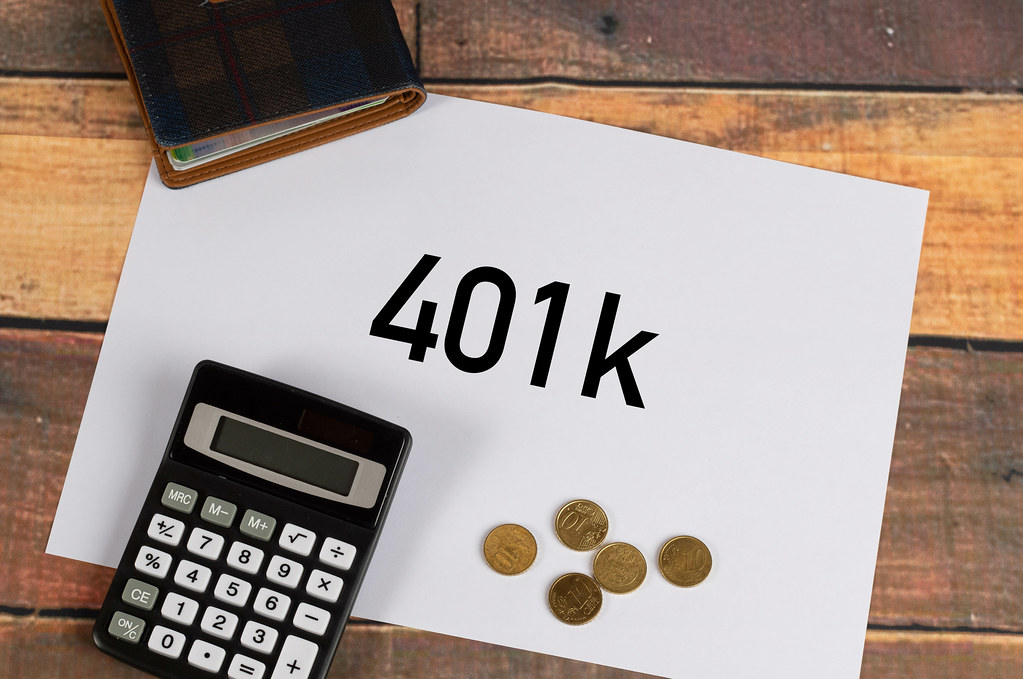Best Things to Know About a Safe Harbor 401k Plan
3 min read
Hopefully you’ve never had to deal with the fallout from failing an IRS compliance test for company retirement plans. If you have, then you are likely very familiar with the Safe Harbor 401k plan.
Regardless of your history with this subject, or the nature of your company’s retirement plan, it’s important that you know some key facts pertaining to the Safe Harbor 401k plan.
IRS Compliance Tests
Fairness is an issue that comes up often in many areas of business and throughout our lives in general. The IRS tests detailed below are imposed on businesses in order to ensure fairness with regards to retirement plans. Essentially, these tests determine whether the more well-compensated employees are being prioritized over lower-wage earners within a company.
- The Actual Deferral Percentage Test (ADP Test): This test ensures that there is a cap on the percentage of earnings deferred into retirement plans by higher wage earners as compared to lower-wage earners.
- The Actual Contribution Percentage Test (ACP Test): This test looks at employer matching and higher-wage earner 401k contributions to determine whether or not they are proportional to those of lower-wage earners.
- The Top-Heavy Test: While still focused broadly on fairness with regardless to 401k plans in a business, the Top-Heavy Test differs from the ADP and ACP tests in that it is focused more on the amount of money within the plan. Specifically, if the highest paid employees within a company maintain 60% or more of the balance of the plan, it is considered “top-heavy” and would fail this test.
Failing IRS Compliance Testing
Businesses that fail IRS compliance tests are subject to significant fines and time-consuming paperwork. If at all possible, it is best to avoid ever having to deal with the consequences from a failed test of compliance.
How Safe Harbor Plans Protect Companies
If your retirement plan includes a safe harbor provision, you are automatically protected from failing these IRS tests.
Safe harbor provisions provide this protection through ensuring plan fairness. This is accomplished through requiring companies to contribute to employee plans in one of three ways:
- Basic Matching. With basic matching, employers match 100% of employee contributions, at as much as 3% of their yearly earnings, with an additional 50% match of the following 2% of contributions.
- Enhanced Matching. With enhanced matching, employee contributions are matched at 100%, at as much as 4% of yearly earnings.
- Non-elective Contributions. Distinct from matching, non-elective contributions are those made to an employee’s plan without regard to how much or how little the employee contributed to his own plan. At least 3% of each employee’s earnings must be contributed to all those enrolled in the retirement plan, no matter how much they contributed themselves.
Deadlines for Safe Harbor Plans
For 2021, the deadline for setting up a new Safe Harbor plan has unfortunately passed. Plans must start by October 1st to be implemented for the following year. However, if you were interested in adding a safe harbor provision to an already created 401k plan, you’re in luck! This can be done any time before November 30th 2021.





